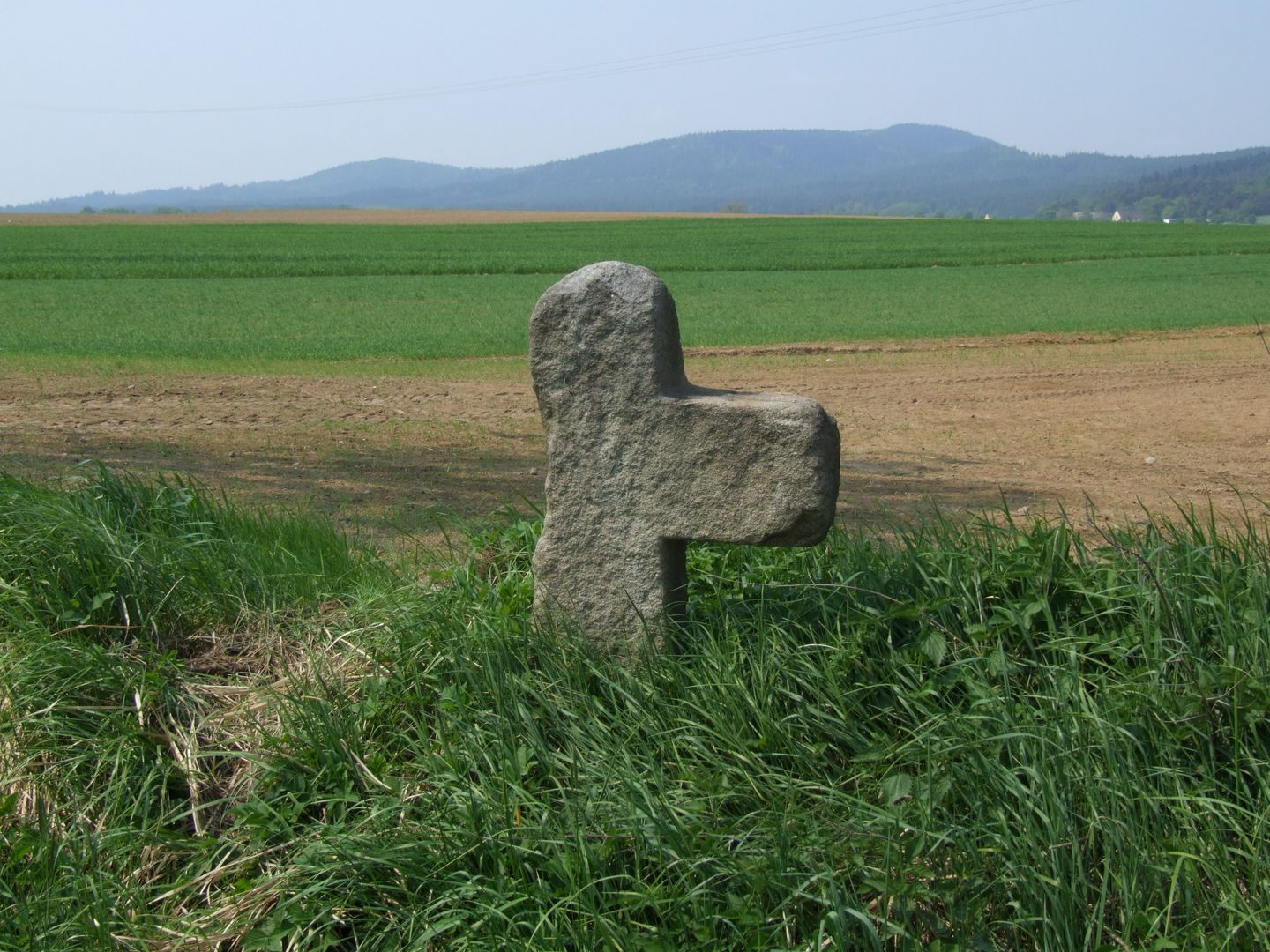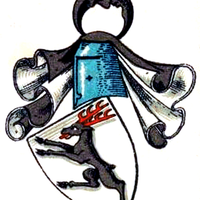Dzierżoniów County
7.72

Overview
Dzierżoniów County, established in 1999, is located in the Lower Silesian Voivodeship and includes the urban municipalities of Bielawa, Dzierżoniów, and Piława Górna, as well as the urban-rural municipalities of Niemcza and Pieszyce. Historically, the area of the county was under the influence of the Silesian Piasts, as well as Bohemia, Austria, and Germany, which is reflected in the diversity of monuments and architecture dating back to the 12th century. In Dzierżoniów, it is worth seeing the 13th-century town hall, the Church of St. George from 1159, and the synagogue from 1870. The town hall tower now serves as a viewpoint, offering a panoramic view of the city. Bielawa is famous for its neo-Gothic Church of the Assumption of the Blessed Virgin Mary and a rich tourist offer, including holiday resorts and ski lifts. Niemcza is known for its defensive walls and a 15th-century castle. In Gola Dzierżoniowska, you can find the ruins of a Renaissance manor with sgraffito decorations. Pieszyce also offers historical sites, such as a 17th-century castle. In terms of culture, Dzierżoniów County organizes numerous events, such as the St. George's Fair, Dzierżoniów Days, and the Honey Harvest Festival. The Arboretum in Wojsławice is also a place worth visiting. An interesting fact is the development of weaving since the 16th century, as well as the weavers' revolt in 1844, described by Gerhart Hauptmann. It is worth noting that Dzierżoniów County is characterized by diverse terrain, including the Dzierżoniów Valley and the Owl Mountains, with the highest peak – Wielka Sowa (1015 meters above sea level). Transport in the county is served by both railways and local bus lines, facilitating access to tourist attractions. The history of the county, enriched by numerous wartime upheavals and the influences of various cultures, makes it an interesting place to visit, full of monuments and cultural events that attract tourists from all over.
Location
Country
2025 Wizytor | All Rights Reserved









